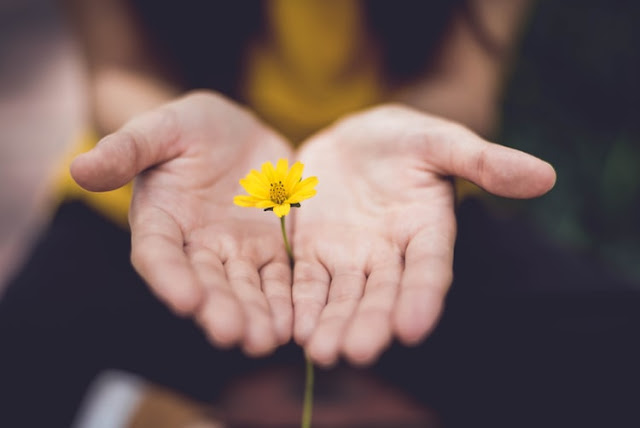Follow these simple steps to learn how to meditate—and to troubleshoot any issues that arise.
If you think meditation is something only Buddhist monks (or people with lives a lot less crazed than yours) can do, think again.
Not only can anyone meditate, but there are myriad health and well-being benefits from a simple, daily meditation practice. For starters, meditation can decrease blood pressure as well as cortisol (a stress hormone) and cholesterol; increase creativity; reduce anxiety; and strengthen your immune system. A study at the University of Wisconsin–Madison found that meditators produced significantly more antibodies to a flu vaccine than did nonmeditators. The same research also showed that those who meditated were calmer and had a more positive emotional state.
How to Start Meditating
Most people who try meditation for the first time have a very specific goal: to reduce stress. And it’s a terrific tool for that. The bonus is that the calm you experience seeps into other moments of your day. Before you know it, you find yourself with a greater, more-natural sense of balance, more compassion for yourself and others, and a more robust sense of humor. Over time, you may notice that you see the “big picture” of your life more clearly and are able to make better decisions about it. Meditation also can help you connect with your spiritual side and possibly to a higher power if your belief system includes that.
Begin to meditate by learning one simple technique and practicing it every day. There is no right or wrong way to do it; whatever resonates for you is the method you’ll want to return to. For one, you can try learning to meditate using one of these beginner-friendly meditation apps. If you’d rather stay away from your devices while you meditate, try this basic how-to technique, adapted from Meditation for Dummies by Stephan Bodian:
- Sit comfortably on a cushion or a chair. Don’t slouch, but your back doesn’t need to be ramrod-straight either. At first, you may want to try sitting against a wall to support your back. Use extra pillows under your knees or anywhere else to make you comfortable.
- Try lying down, if sitting to meditate is unappealing. Miriam Austin, author of Meditation for Wimps, recommends lying on the floor with your calves and feet resting on a chair seat.
- Put on music, if that helps to calm you before beginning to meditate. Turn it off once you begin.
- Set a digital (non-ticking) timer. Start with five minutes and work your way up to 10, then 15, and eventually 20. It will probably take weeks or months to lengthen the time you practice. Try not to put yourself on a schedule. Whatever your pace, it’s fine.
- Breathe normally through your nose, with your mouth closed. Your eyes can be open or closed. Focus on the breath moving in and out of your nostrils, or on the rise and fall of your belly.
- When you notice your mind wandering, bring it gently back to the breath. Be careful not to drift off; this will be tempting, especially if you’re lying down. While shutting off your mind is not the goal of meditation, neither is judging the meditative process. No matter what feelings or thoughts you have, simply bring your focus back to the breath again. And again.
